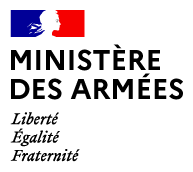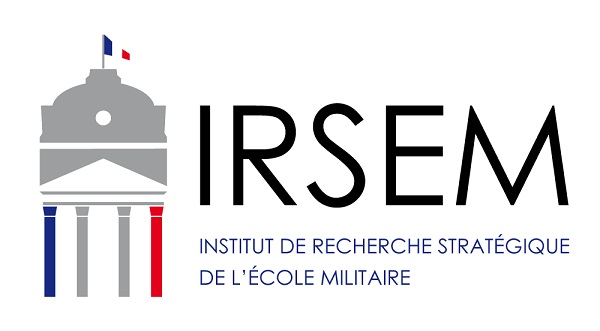The Tipping Point: An Emerging Model of European Security with Ukraine and without Russia

07
novembre
Joint study by the SWP and the IRSEM, directed by Céline Marangé (IRSEM) et Susan Stewart (SWP).
Available here
- This joint study by the SWP and the Institute for Strategic Research (IRSEM, Paris) starts from the premise that Ukraine’s and Russia’s visions of European security are fundamentally incompatible.
- Ukraine aims to join existing Western structures and contribute to their reinforcement, whereas Russia intends to gain control of Ukraine and undermine the foundations of the European and transatlantic security architecture.
- A vast majority of European actors see Russia as a serious threat to European security and democracy. This means that Europe’s main external focus will be on deterring and defending itself from Russia in at least the medium term.
- A critical mass of actors views NATO and the EU as the principal pillars of security in Europe. They intend to find ways to strengthen both organisations while ensuring that the United States remains involved in protecting European security.
- A large consensus has emerged around consolidating a “European pillar of NATO”. At the same time, the EU has managed to become a recognised and influential actor in the field of European security with surprising rapidity.
- Minilateral and ad hoc formats such as the “Nordic-Baltic 8” and the “Coalition of the Willing” are gaining traction, in part because they allow the consensus requirements of larger organisations to be circumvented, thus providing more flexibility.
- There is broad agreement on continuing Ukraine’s integration into both the EU and NATO. However, not only the degree of commitment to Kyiv, but also the tempo of Europe’s actions will determine the extent to which Ukraine becomes part of the European security order.

